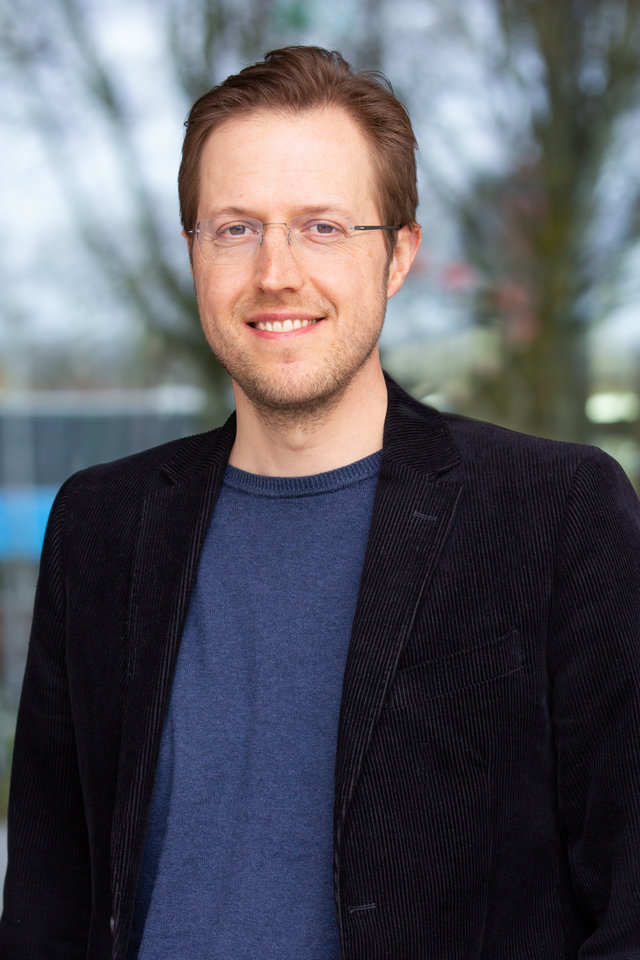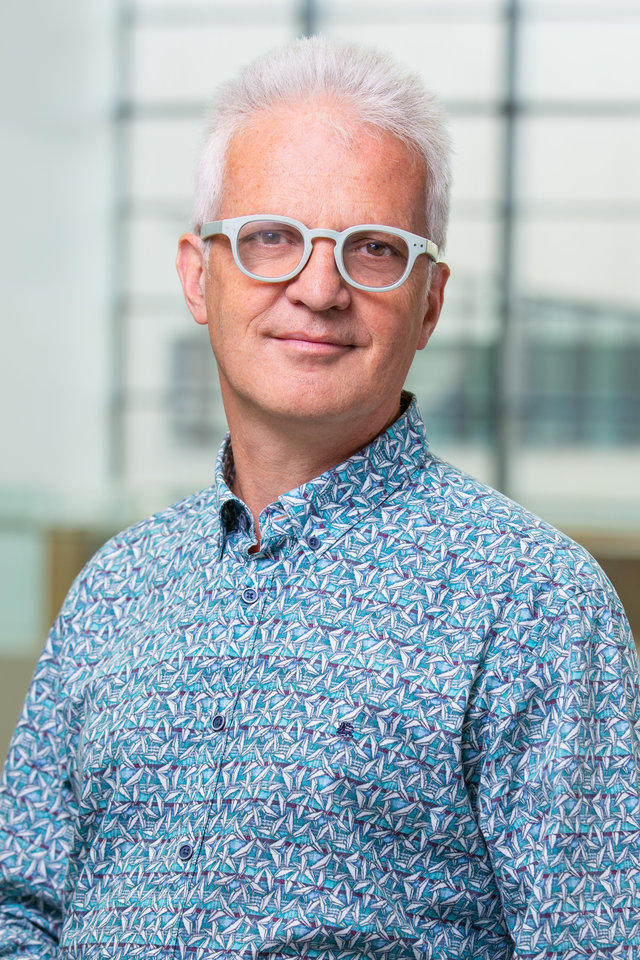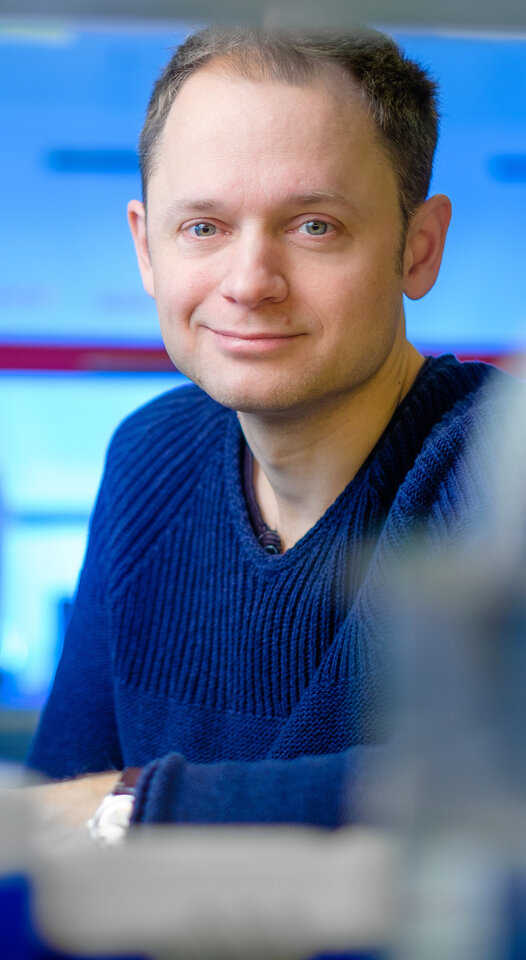Biophysics of the genome
The biophysics of the genome explores the physical principles governing DNA structure, organization, and dynamics within cells. This interdisciplinary field combines molecular biology, physics, and computational modeling to understand how the genome is packed, accessed, and regulated in space and time. Key areas of focus include chromatin architecture, gene expression control, DNA-protein interactions, and the mechanical forces shaping genetic material. By investigating these processes, biophysics of the genome aims to reveal how physical constraints influence biological function and disease development at the molecular level.
''Bauer’s research encompasses gene regulation, cell-fate decision making, and sensing. It investigates precision and signal response in biological systems, particularly in gene regulation, early development, and infection scenarios. The study explores stochasticity, noise, and the impact of spatial inhomogeneities and clustering on signal processing optimality.''
''Brouns explores how CRISPR immunity works and the operations of antiviral defense systems. This includes studying CRISPR memory formation, the function of immune complexes, and how they interfere with DNA and RNA. They also investigate regulating and controlling these immune systems to fight against bacteriophages.''
''Cees Dekker's research encompasses single-molecule biophysics and nanobiology, focusing on DNA dynamics and chromatin organization. His work explores various aspects such as chromatin structure, DNA loop extrusion, Genome in a box, biomimetic nuclear pore complex, synthetic cells, bacterial biophysics, and diagnostics for neglected diseases.''
''The Depken group uses bottom-up mechanistic modelling to explore the interplay between genetic context and the structure-function relationships dictating genomic transactions. The research includes the impact of anti-viral drugs on viral replication, RNA-guided nuclease targeting reactions, and the optimization, characterization, and off-target prediction of CRISPR-Cas gene editing platforms.''
''Joo's research introduces a pioneering high-throughput single-molecule fluorescence method that seamlessly combines next-generation DNA sequencing with single-molecule fluorescence. This innovative approach enables comprehensive genome-wide investigations into the kinetic dynamics of gene regulation (microRNA) and genome engineering (CRISPR).''
''Rowland investigates the biophysics of the genome, focusing on how cohesin and condensin shape the 3D genome and form DNA loops. They study how these complexes entrap and release DNA, how cohesin maintains stable sister chromatid cohesion, and how condensin drives mitotic chromosome condensation. Their multi-disciplinary approach combines genetics, genomics, biochemistry, and imaging to address these fundamental questions.''
''The Tanenbaum group employs live-cell single molecule microscopy to uncover molecular mechanisms of gene expression control. Their research focuses on human gene regulation in health and disease, as well as gene regulation in RNA viruses. They study dynamics, heterogeneity, and develop imaging technologies for a deep molecular understanding of gene expression processes.''








